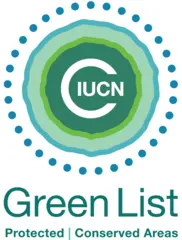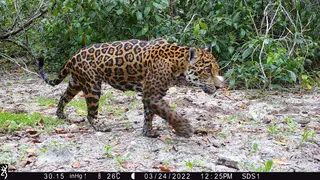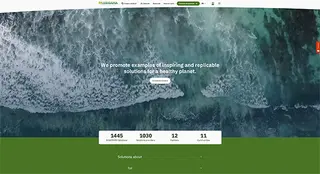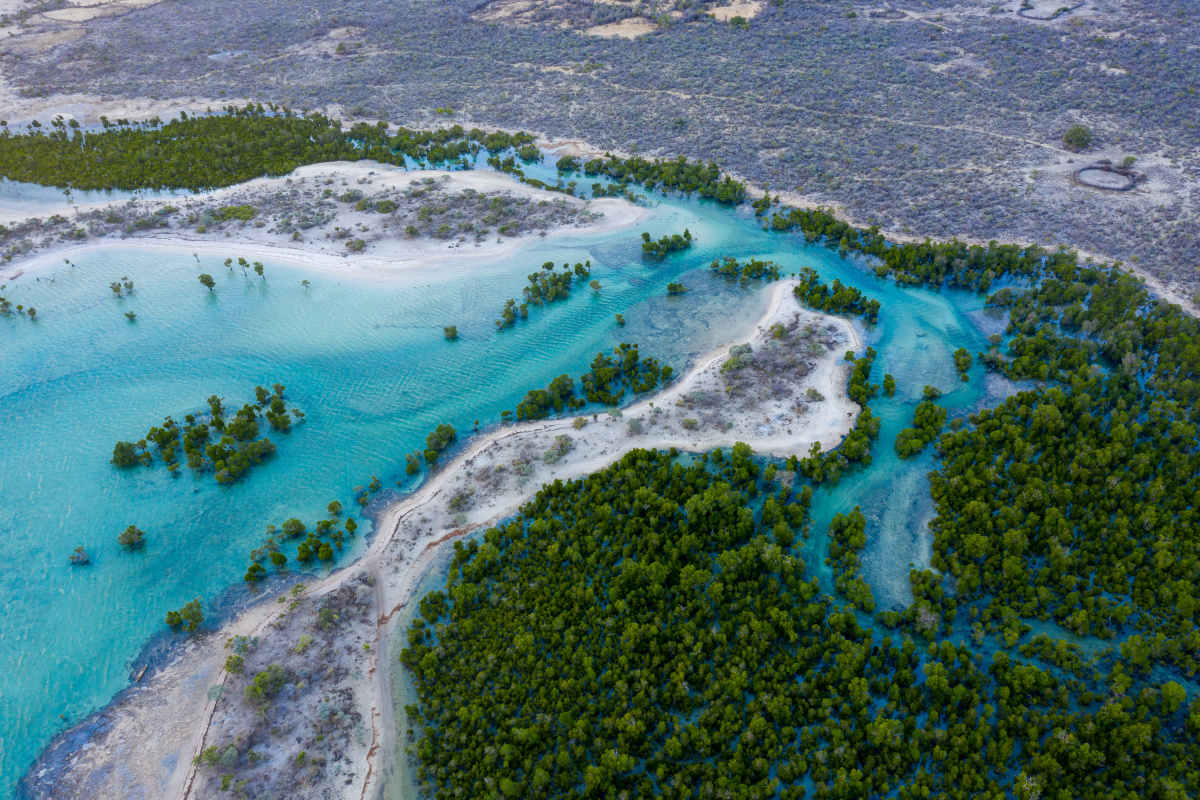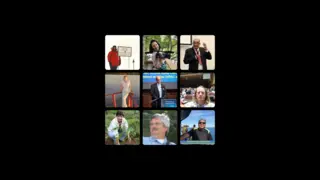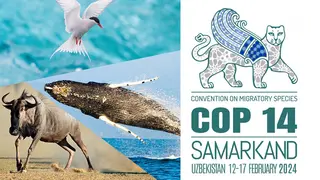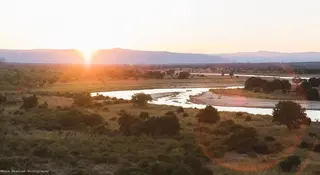About effective protected areas
Protected areas – national parks, wilderness areas, community conserved areas, nature reserves and so on – are a mainstay of biodiversity conservation, while also contributing to people’s livelihoods, particularly at the local level. Protected areas are at the core of efforts towards conserving nature and the services it provides us – food, clean water supply, medicines and protection from the impacts of natural disasters. Their role in helping mitigate and adapt to climate change is also increasingly recognised; it has been estimated that the global network of protected areas stores at least 15% of terrestrial carbon.
Helping countries and communities designate and manage systems of protected areas on land and in the oceans, is one of IUCN’s main areas of expertise and a key focus of attention of IUCN’s work. Effectively managed systems of protected areas have been recognised as critical instruments in achieving the objectives of the Convention on Biological Diversity and the Sustainable Development Goals.
How does IUCN contribute to fair and effective protected areas?
The Protected and Conserved Areas Team focuses on the IUCN Green List Standard as the guiding framework for delivery of the IUCN Programme: conserving nature, developing capacity, achieving quality, respecting people, and offering solutions.
We work to promote implementation of global standards for fair governance and effective management of systems of protected and conserved areas, including the IUCN Green List and other standards for performance, diversity, quality, rights, and equity.
In its work on Ecosystems and Protected Areas, IUCN has achieved:
